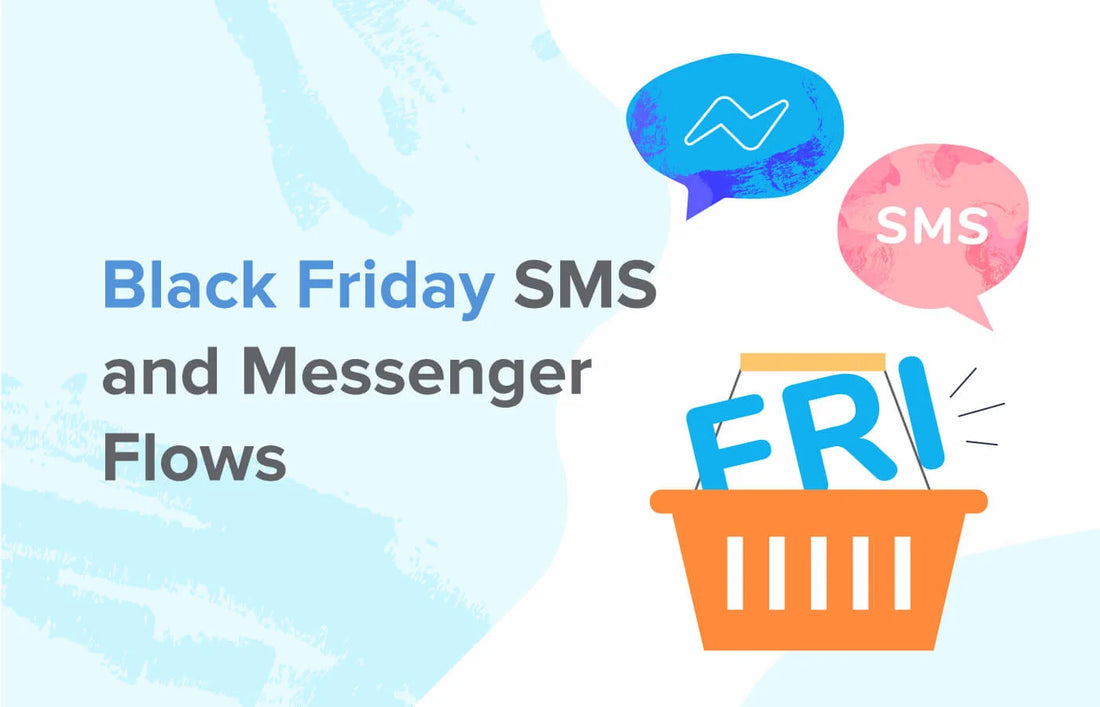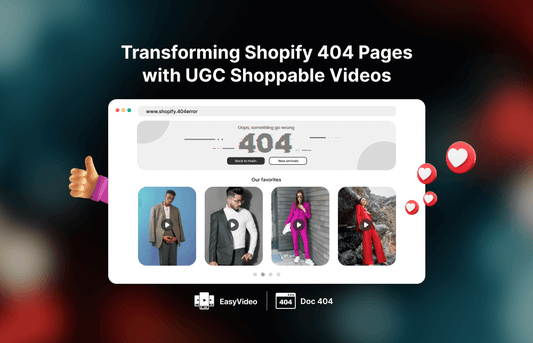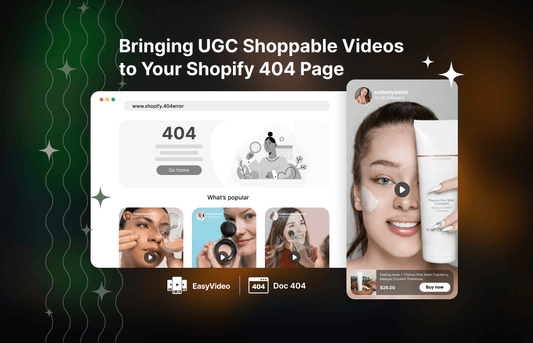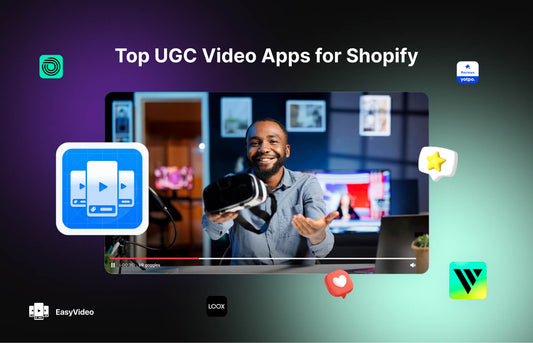Right place, wrong time.
This is what can so easily happen to email marketing over the Black Friday weekend. You spend weeks devising an incredible campaign:
- An engaging subject line full of urgency,
- A compelling headline to keep them reading,
- Striking visuals that get the heart-rate up,
- A call to action they can’t not click.
And what happens?
In far too many cases, the email is seen too late, if it’s seen at all. We all know about spam folders and inbox inertia. But on Black Friday weekend, there is a more pressing problem with email marketing – timing.
So what is the timing problem with email marketing over BFCM?
It comes down to a simple question:
When will your audience actually check their emails and read yours?
The answer is, no one knows.
We know that 9am and 10am on Black Friday morning are the most popular times to send emails. Open rates typically peak in the morning, then around 16.00. But this is all very general. Ultimately, once you have sent your email with a time sensitive offer, you just have to hope that the recipient opens it in time to use it.
The need for speed with your Black Friday offers
One solution is to focus on mobile-friendly channels such as Messenger and SMS, which typically have much faster open rates. The majority of SMSs that are opened, are read within 3 minutes of being received. And the instant-nature of Messenger bots also appeals to customers. 73% of people prefer connecting with a company using live chat because it’s instant.
I’m definitely not saying that you shouldn’t use email marketing over the Black Friday weekend. But what I am saying is, like every channel, it has strengths and weaknesses. And the best strategy, like a smart investor diversifying their portfolio, is omnichannel marketing. SMS and Messenger are going to be a big part of that.
Mobile-friendly channels create new opportunities
People treat content on their mobile differently to content in their email.
Customers exercise more choice over when to check their emails, and which emails to open. Plus emails are filtered for spam so they feel protected from unwanted intrusions.
And this means with emails they are likely to have a higher tolerance for what we can call “direct” marketing language – messages based on urgency or fear of missing out. If they don’t want to read them, they can simply ignore them. That’s why marketers fret about email fatigue.
In theory, customers are also in control of when and if they read SMS and Messenger communication. But in practice they treat communication on their mobiles differently:
- They open messages much sooner. And this immediacy means marketers need to be respectful to their customers – in many cases they have broken off what they were doing to read your message, so you had better make it worth their while.
- They have fewer opportunities to filter. In the case of SMS you see the recipient, plus 6 or 7 words of text. In the case of Facebook Messenger, all you see is the company logo to know who has contacted you. This means to know what the message is, you have to open it.
- They are more likely to feel uncomfortable about being contacted with deals through these channels. These channels feel more personal and direct, although this applies less to Generation Z customers.
Ladies and gents, we have ourselves a conundrum!
So what does this all mean? In a nutshell, it means the most effective channels for you to use over BFCM are also the channels that customers are most sensitive about.
Let’s break this down a bit more.
Channels like Messenger and SMS give you the ability to connect with customers exactly when you want to over the BFCM weekend. And they have much better engagement rates too – strong Messenger campaigns achieve 80-90% open rates, average ones 45%.
Response rates on SMS also tend to score around 45%. This compares to just 20% open rates, and roughly . And these figures typically get worse over the Black Friday weekend.
But precisely because these channels are so direct and immediate, customers are much more sensitive about the messages they receive on them.
Why mobile-oriented channels need a different written style
The way out of this conundrum is to change the way we write for mobile-oriented channels out of respect for customer’s heightened sensitivity on these channels.
That’s why I wanted to put together this blog on effective writing for SMS and Messenger over the Black Friday period. I’ll take you through some general advice on writing for these channels, then we’ll think about how to write for 5 specific flows over this period:
1. A flow for generating buzz
2. A flow the day before your sale
3. A flow when your sale goes live
4. A flow when your sale is close to finishing
5. A flow for abandoned carts
Replacing urgency with emotion
The biggest piece of advice I want to share with you today is this: replace urgency with emotion when you’re writing for SMS and Messenger, especially over the BFCM weekend.
Research into the most successful themes for BFCM marketing in the UK found that, while urgency was by far the most common theme, it was one of the worst performing.
Customers are growing immune to marketers telling them to “Hurry” or “Buy now”, and don’t believe us when we say “offers must end today” or “stock is limited.”
Instead, the research found that there were 5 emotions which perform particularly well.
1. Challenge
2. Guilt
3. Intimacy
4. Encouragement
5. Curiosity
Based on this research and the feelings customers have towards mobile-oriented channels, let’s put urgency back in the draw this Black Friday and aim to engage our audiences emotions instead. After all:
- In a recent study, 65% of customers said they are more emotionally invested in a company that makes them feel like they really care about them.
And using more emotion in your writing is a great way to show this.
So what I have done for this blog is match up our 5 flows with one of the emotions that has been proven to be effective over the Black Friday period.
|
Flow |
Emotion |
|
A flow for generating buzz |
Curiosity |
|
A flow the day before the sale |
Intimacy |
|
A flow when the sale goes live |
Challenge |
|
A flow when the sale is close to finishing |
Encouragement |
|
A flow for abandoned carts |
Guilt |
Of course, you can experiment with these and try different emotional focuses for different stages. Now I want to take you through how you can write compelling copy for your BFCM Messenger and SMS campaigns for each of these flows.
Flow 1 – A flow for generating buzz
What’s it for?
You’re going to want to start your Black Friday communications nice and early – shoppers start looking for deals early, and sales ramp up by mid-November. Our goal is that your audience is already aware of and excited about your deals before the Black Friday weekend begins.
What emotion will we use?
Our flow is going to be based on curiosity. We want to create interest and be top-of-mind when the sales begin.
How to write this flow?
Here’s how I would structure this flow:
1. A hook to attract interest
2. Some options to explore
3. General information on your Black Friday deals
The obvious written form for evoking curiosity is a question:
- Have you ever thought about trying …?
- Did you know …?
Or you can focus on imagination:
- Imagine you could … .
- What if … ?
Finally, for a more direct approach try some imperative statements based on discovery:
- You’ve got to check out … .
- You need to experience … .
Try an expression like this as your hook.
You’re then going to follow this up by presenting some options to explore. These should be broad product categories rather than individual products – the aim is for the customer to explore your products rather than directing them to a specific item.
Good options for categories include:
- Your most popular products
§ Crowd favorites, best sellers, most popular
- New products
§ Just in, New arrivals, New this season
- Niche products
§ Something different
Then finish up with a general comment about the upcoming sales, making it clear that these products will feature. Don’t get into specifics yet – we want to keep the curiosity. You can use an expression like “stay tuned” to encourage them to engage with your future messages.
In the case of an SMS, the message would go something like this.
Imagine you could … . That’s just what we offer. Explore crowd favorites {add link} or new arrivals {add link} that’ll be in our seasonal sales. Stay tuned.
For a Messenger flow, I would separate it out into 3 individual messages, and add some visuals or a GIF to liven things up.
Flow 2 – A flow the day before the sale
What’s it for?
So you’ve built some buzz with your first flow. Now, with your Black Friday sale a day away, you want to inform your customers so they’re ready. You can also use this opportunity to segment your audience more, or showcase specific products that will be on offer. Ideally, you want them to get a clear idea of which products they’re interested in, so when the day comes they’re quicker to make a decision to buy.
What emotion will we use?
Here we will focus on intimacy. This will help us to get to know the individual better, and also make them feel like they will be getting a special deal.
How to write this flow
For these kinds of messages, I think it helps to think of a traditional salesperson in a showroom. After giving an overview of the product range, what do they do?
They ask the customer question about themselves. Who are they? What problems do they need to solve? What are their likes and dislikes? What’s their budget?
It makes sense to address at least some of these questions now, because on Black Friday itself you’re going to want immediacy.
I mentioned that the emotion we are aiming for is intimacy. This doesn’t mean being creepy and invasive, it just means writing in a way that implies familiarity and relationship.
Achieving this is simple. Write in a service oriented way:
- How can I help? Let me guide you through. I can assist you.
And use relationship focused language:
- Personal pronouns: I, you, we, us
- Cause and effect structures: Tell me your preferences and I’ll be able to find the perfect Black Friday deal for you. Checking your details now will help us ensure you don’t miss out on the day.
This messenger flow by Nike shows exactly this tone:
‘I can help with an existing order or get you set up with the hottest shoes & gear.’
‘I’m here to help. What’s happening?’
(Source: The Writer)
One smart tactic is to mention early bird deals just for Messenger / SMS subscribers. Something like this:
Hey {name}.
Our Black Friday sale runs tomorrow from 9.30 – 19.30. But we have a special early bird offer for you with an additional …% discount available from 9.00
To help me set up your special discount, could you confirm a couple of things for me?
You can follow this with segmentation questions (product areas they are interested in, budget etc) and this is easier to do on Messenger.
And how about this great example by LEGO?

Source: Rocketbots
Notice the focus in this flow is on offering support (Need a hand picking?), plus the fun and informal expressions used after each answer:
Build-tastic! Ok great!
For SMS, you can set up reply options based on their preferences. For example:
- Text BOOTS for deals on hiking boots
- Text TENTS for deals on tents
- Text GEAR for deals on other outdoor equipment
Flow 3 – The deal is live
What’s it for?
Simple – this flow is to drive a sale. You’ve created a buzz, now you want to capitalize on it.
What emotion will we use? Challenge
Don’t jump to urgency yet – remember, customers are flooded with messages focused on urgency, which quickly become meaningless.
Instead, I recommend a focus on challenge. This is still a dynamic emotion that will prompt action. It’s also great for tapping into sales psychology. In terms of sales, shoppers are typically motivated by one of two drives. The first is gain, which is about a positive feeling of achievement or success. The second is avoiding loss, which is about not overspending or getting ripped off. What’s great about challenge as an emotion is that it fits both of these drives.
How to write this flow
We want this message to be short and focused. We have already built buzz and prepared the audience for this deal, so now we want a focus on action.
We’re going to start with one simple sentence focused on challenge, then present a personalised offer. In a recent survey, 72% of shoppers said they only want to engage with messages that are specific to their interests.
For the first sentence on challenge, you could either focus on gain or avoiding loss.
Challenges focused on gain could be:
- Ready for your best ever Black Friday?
- Black Friday bragging rights guaranteed.
- Prepare for the best Black Friday deals ever.
Or challenges focused on avoiding loss:
- Unbeatable Black Friday deals!
- Can you find a lower Black Friday price than this?
Then present a personalised deal on a specific product relevant to your customer, plus a simple call to action.
Keep this super simple. For example:
Can you find a lower Black Friday price than this?
{Product name} for ${price} only for early bird customers.
Buy now {Link to deal landing page}
You’ll probably want to move the customer direct to your site so you can then cross-sell other items and / or use another discount threshold to push up total order value.
Flow 4 – Deal finishes soon
What’s it for?
This is to drive further sales on Black Friday and encourage shoppers to make a purchase. Black Friday open rates typically peak around 9-10am and at 16.00am, so target this message for the afternoon to connect with anyone you didn’t engage in the morning.
What emotion will we use? Encouragement.
This is the closest we’re going to get to urgency – encouraging customers to take advantage of the deals on offer. We can focus on how quick, easy and simple this process will be, or on the experience they will get from the product
How to write this flow
Just like Flow 3, we want these messages to be short and focused. We’re simply looking to grab attention and then direct them to our site. Whereas the previous hook focused on challenge, this time we’re aiming for encouragement. That’s because these shoppers may well have been considering a purchase, but need an extra push to get them over the line.
Writing with encouragement is dynamic, and surprisingly common. How about Nike’s
Just Do It
Or L’Oreal’s
Because You’re Worth It
You can aim for a similar style message:
- Treat yourself this Black Friday
- Go for it
- What are you waiting for?
- What do you have to lose?
You can also place the emphasis specifically on how close they are to a great deal:
- You’re 1 minute from the best deal of the day. Go for it.
I would write these phrases specifically focused on the result or experience the customer will get from your products. So if you sell interior design products, you could try:
- You’re 1 click away from a more beautiful home. What are you waiting for?
Of course, you can add countdown timers to SMS messages, showing when exactly the deal finishes. The visual of the countdown timer will communicate a lot already, so keep the copy clean and simple, avoiding overused phrases like “Hurry,” “End soons,” or “Don’t miss out.”
- Say yes to {add product specific value} before our sale ends
- Grab yourself a great deal before our sale ends
- You still have time to treat yourself
As with the previous flow, provide an easy link in the message direct to the landing page of your deal.
Flow 5 – Abandoned cart
What’s it for?
For following up leads generated on Black Friday and closing more sales. There are tons of different strategies and approaches to abandoned cart messages. You’ll need to consider the timing of your messages, the interval between your different messages, and the focus of your different messages. Consider the potential reasons as to why the customer didn’t complete the purchase – this could be related to shipping costs, trust and confidence, uncertainty about the product, pricing. The main point is to have a positive attitude towards abandoned carts – they’re not missed sales, they’re gained leads. And you can use Messenger and SMS marketing to close the deal.
In this case we’re just going to focus on an abandoned cart message to send during the Black Friday weekend. But of course, you could follow up with more messages afterwards.
What emotion will we use? Guilt.
As we mentioned earlier, guilt is one of the best performing emotions to use in terms of email subject lines for Black Friday. And it’s ideal for abandoned carts. Fear of missing out (FOMO) is what we’re really talking about here. Again, I would suggest avoiding too much focus on urgency – you can certainly put a time limit on the offer related to that product and add a countdown timer, or mention additional sweeteners like free shipping that you’re adding. But make the main focus of the message the customer’s loss if they don’t get this product or deal.
How to write this flow
This is also going to be short flow. We want to grab attention and then direct them straight back to their cart for them to complete the purchase.
How do we write in a way that plays on guilt? The answer is to use language focused on loss:
- Slipping away, out of reach, missed opportunity, regrets
Like in Flow 4, you can place the focus on the experience the product will give them, just this time flip it so it’s about not getting that experience. For example, if your client sells exercise equipment, you could try something like this:
- Your quads were looking forward to a proper work out. Don’t miss out on this great opportunity to give it to them.
If you’re adding a countdown timer to your abandoned cart SMS messages, you focus on the time they have to complete the purchase:
- Are you going to regret this? Time’s running out to make up your mind.
- Going, going, … not quite gone. You still have time to complete your purchase.
- We’re keeping your purchase for you. But we can’t keep it forever. Purchase now before it’s too late.
5 star results
So there you have it, 5 flows based on 5 emotions that are proven to work, plus some guidance on how to write them. Of course, testing and perfecting your messaging is always a smart idea, and any work you can do beforehand to understand what resonates with your audience will be well worth the effort.
The main takeaway I hope you have got from this blog is that with all channels - and especially those which feel more personal because they are on mobile like Messenger and SMS – getting away from just focusing on urgency is important. It will help you break through the noise of Black Friday marketing, and enable to you leverage channels with incredible open rates and click through.




